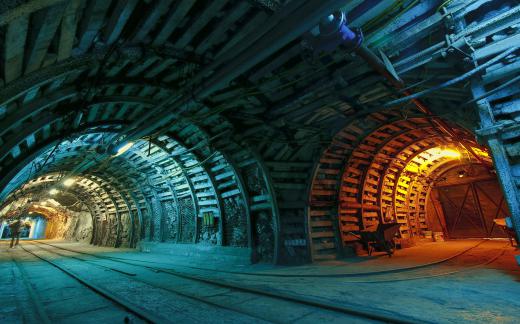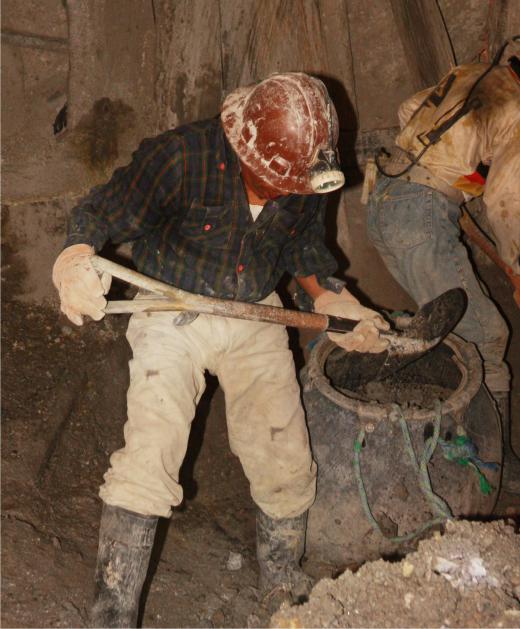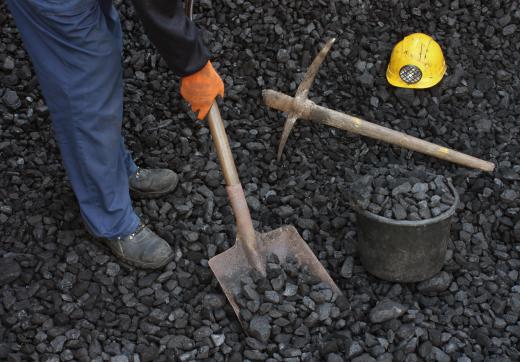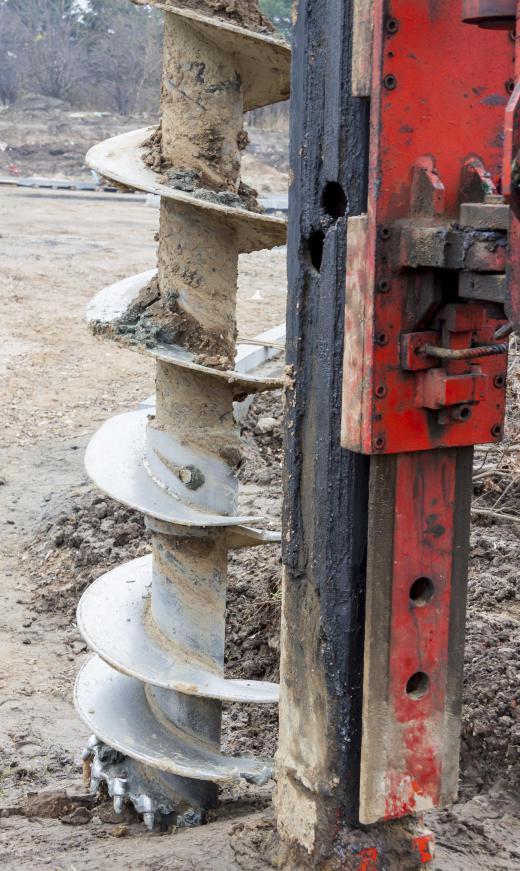There are many different sorts of tools that can be qualified as mining equipment, though the main categories tend to be drills, blasters and excavators, earth moving devices, and tools designed for use inside the mine like rail cars, shovels, and fans. A lot has to do with the sophistication and size of the operation, as well as the substance being mined. Mining for coal is often physically different from mining for diamonds, for instance, and while the overarching goal and main process is similar, the tools needed can vary. Even with the most advanced tools and modern machines, mining remains something of a hazardous business. The right equipment can take some of the risk out of the equation, but it’s never foolproof. Blasting away portions of the earth, creating caves and passageways, and then sending people into the chambers to uncover something of value will have inherent risks no matter the precautions taken. Most of today’s mining equipment is made with safety in mind, but caution and care are nevertheless still essential.
Understanding the Mining Process

Humans long ago discovered that vast stores of minerals, metals, and oil course through the lower cores of the earth, but getting to them — and extracting them in an efficient and methodical way — is far from easy. Most mines consist of shafts that are blasted out of the earth at strategic points, and from there inbound tunnels and chambers are more carefully carved to create entire mining systems beneath the surface. Large pits can also be blasted away to allow mostly above-ground sifting and searching. The type of equipment that is used for a specific project is usually subject to the type of mining under consideration. Still, there are a few main categories and tools that most miners find indispensable, no matter their circumstances.
Drills

Drills are a type of mining equipment that serve an important purpose when the operation is focused below ground. Miners position their drills at strategic points and cut carefully to create an opening that may descend for many feet below ground. Drill holes are often used first to test the ground for mineral content, then serve as portals for later mining work.
Blasters and Excavators

Even the most powerful drill can’t penetrate all substances, particularly large rocks. Drilling out an entire mine shaft can also be a lot of work. Blasters are tools that can make it much easier to penetrate touch land, and can move the hard rocks that do not allow the drill to pass through. Blasting often involves explosives, and the process isn’t usually very precise. It can open up an area and loosen the earth, however, which can make it easier to then continue with opening a mine.

Once an area has been blasted, the excavator will be used to recover the rocks and other debris that may have been dislodged during the drilling and blasting processes. In this sense, the excavator clears the openings and creates the needed space that the miners can then access more easily.
Earthmovers
Aboveground, the most common type of mining equipment is usually earth movers, which are used to carry loose earth, soil, and other particles from one point to another designated location. Without this particular equipment, dirt and debris can obstruct mining operations and can fill chambers that need to be clear to allow efficient excavation. Bulldozers and other similar machinery can come in very handy in these situations. Another application of the bulldozer would be to clear areas that may be covered with plants or shrubs by utilizing the bucket-like apertures located in the front of such equipment.
Inside the Mine

There are also a number of tools that miners need inside the shafts and chambers. Hand tools like pickaxes and shovels are common examples, as are things like headlamps and torches. In large operations, some sort of mining transportation system, such as a rail car or pulley car, can make removing mined goods more efficient. Tools devoted to miner safety are also really important, including ventilation fans to mitigate fumes and allow regular circulation of oxygen.
